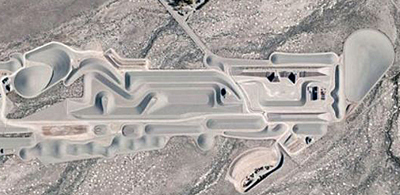LACMA Junk Sale
The Los Angeles County Museum of Art (LACMA) has announced it will sell 42 paintings, including masterworks by Henri Matisse, Edgar Degas, and Camille Pissarro, in order to raise the capital necessary to make acquisitions of “modern works.” But for LACMA to abruptly get rid of 42 “redundant and unrepresentative” artworks in order to purchase new art begs the question; will such a practice create pressure on curators to auction off works, and will looting the permanent collection for cash become routine?
This coming November, LACMA intends to have Sotheby’s in New York sell off works by Max Beckmann, Pablo Picasso, Alberto Giacometti, Alfred Sisley and Amedeo Modigliani. It’s estimated the auction will make some $14 million, with the Modigliani painting expected to fetch up to $6 million.
LACMA’s brilliant collection of more than 100,000 pieces is a public treasure, but the people have no say in what is to be auctioned, or if there should be auctions at all. Personally, I can’t imagine selling off the aforementioned works, especially the Modigliani, so my vote would be to cancel the sale. Realizing LACMA may still be strapped for cash and therefore unable to acquire important new works, I propose they hold a junk sale.
The abovementioned paintings are crowd pleasers and also in very fine shape, unlike LACMA’s warehouse collection of late 1950s and early 1960s avant-garde “media art,” which is literally falling apart before everyone’s eyes. Conservators simply don’t know what they can do to replace all of the obsolete and unavailable parts.
The warehouse is filled with a mishmash of broken works that utilize outdated technologies; there are laser disks but no machines to play them on, disintegrating hard drives, decaying video tapes, burned-out bulbs and a multitude of moving parts that have become permanently immobile.
Take for instance Video Flag Z, a wall of nearly 100 Quasar monitors that collectively displayed a flashing image of the American flag. The television screens have been dark for years because one by one the TV tubes died, and replacements couldn’t be found. The company that made the Quasar tube stopped making them in 1988.
I have no idea what LACMA paid for artist Nam June Paik’s wall of now useless television sets, but in the 1980’s Paik’s works sold to collectors at prices that ranged from $50,000 to $500,000.
My advice to LACMA… keep the beautiful paintings and sell the broken TVs.


